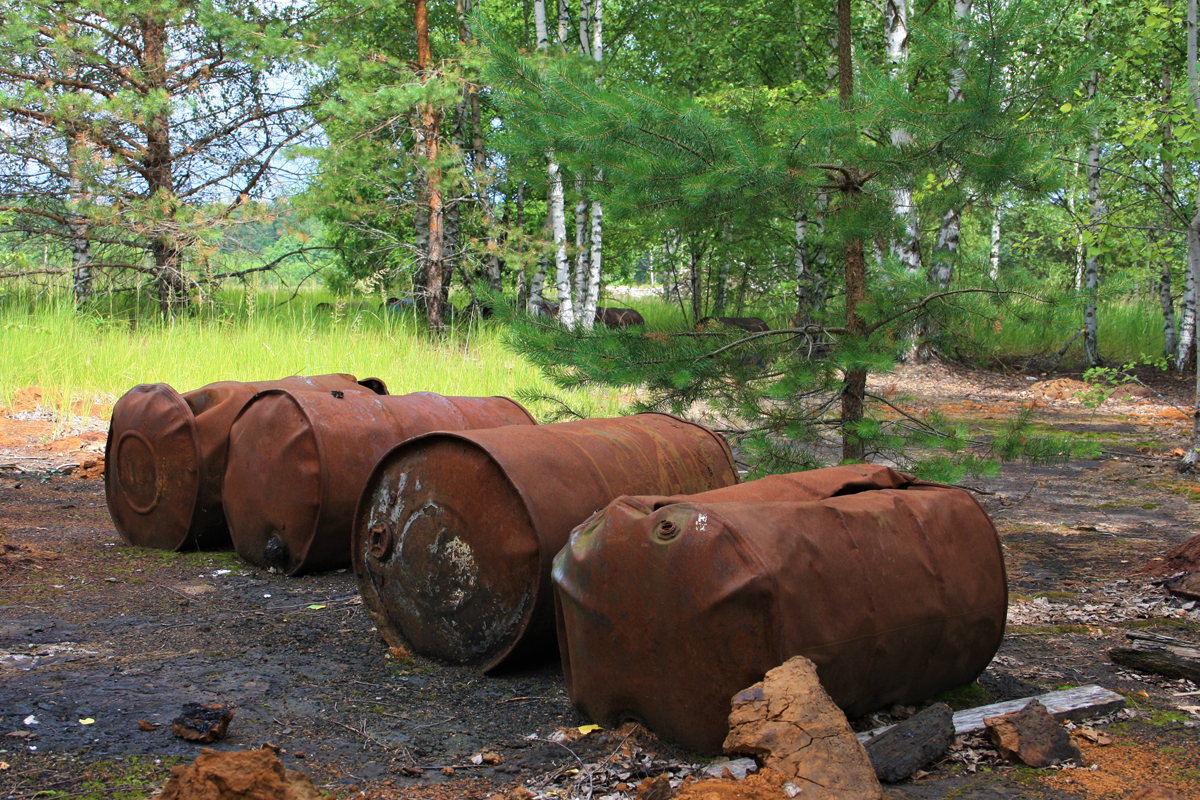What are the sources and effects of land contamination?
20 July 2023

Land contamination can be caused by various sources, both natural and man-made. Contaminated land refers to the presence of hazardous substances or pollutants in the soil, at levels that exceed natural background concentrations.
Sources of ground contamination can include industrial activities, agricultural practices, improper waste disposal, mining operations, oil spills, chemical leaks, and atmospheric deposition, among others. These activities can introduce various pollutants into the soil, such as heavy metals, petroleum hydrocarbons, pesticides, herbicides, solvents, and other toxic chemicals.
Industrial activities: Industrial facilities such as factories, power plants, refineries, and chemical plants may release hazardous chemicals, heavy metals, or pollutants into the soil through leaks, spills, or improper waste disposal.
Agricultural practices: The use of pesticides, herbicides, and fertilisers in agriculture can contaminate the land. These chemicals may leach into the soil and groundwater, posing risks to human health and the environment.
Landfills and waste disposal sites: Improperly managed landfills and waste disposal sites can lead to the contamination of surrounding soil and groundwater. Toxic substances from decomposing waste can seep into the ground, polluting the land and potentially affecting nearby water sources.
Mining activities: Mining operations can introduce various contaminants into the environment, including heavy metals, acids, and toxic chemicals. These substances may be released during the extraction, processing, and disposal of minerals, leading to land contamination.
Oil and gas exploration: Accidental spills or leaks during the exploration, production, and transportation of oil and gas can result in land contamination. Oil spills, for instance, can cause significant damage to soil quality and ecosystems.
Accidental spills and leaks: Accidental spills of hazardous substances, such as chemicals or fuels, can occur during transportation or storage. These incidents can contaminate the land if the spills are not properly cleaned up or contained.
Brownfield sites: Brownfield sites are abandoned or underutilised properties, often in urban areas, which may have been contaminated due to previous industrial or commercial activities. These sites may require remediation before they can be redeveloped.
Atmospheric deposition: Air pollution can deposit contaminants onto the land, including heavy metals, persistent organic pollutants (POPs), and acid rain. These pollutants can accumulate in the soil over time and have adverse effects on ecosystems and human health.
Military activities: Military bases and training grounds may have historical contamination from activities such as munitions testing, fuel spills, and the use of toxic substances. These can result in land contamination that requires remediation.
Natural sources: Natural events like volcanic eruptions, earthquakes, and wildfires can release chemicals and substances that can contaminate the land. For example, volcanic ash can contain heavy metals and other pollutants harmful to soil and vegetation.
It’s important to note that the severity and extent of land contamination depend on various factors such as the type and quantity of contaminants involved, the duration of exposure, and the proximity to sensitive ecosystems or water sources. Proper management, monitoring, and remediation techniques are necessary to mitigate the risks associated with land contamination.
The effects of ground contamination
Environmental damage: Contaminated land can harm the surrounding ecosystem, including plants, animals, and microorganisms. It can disrupt soil structure and nutrient cycles, leading to reduced biodiversity and ecosystem productivity.
Human health risks: People can be exposed to contaminants in the soil through direct contact (e.g., gardening, playing) or indirect pathways (e.g., contaminated dust, water). Some contaminants are toxic and may cause health issues such as respiratory problems, skin irritations, or even more severe conditions in the long term.
Groundwater contamination: Pollutants in the soil can leach into the groundwater, leading to groundwater contamination. As groundwater is a vital source of drinking water for many communities, this can present serious health and environmental concerns.
Agricultural impact: Soil contamination can affect the growth of crops and their safety for consumption, potentially leading to reduced yields and lower food quality.
Economic implications: Contaminated land can become unusable or require costly remediation efforts before it can be safely repurposed or redeveloped, leading to economic burdens for property owners and communities.
Managing and mitigating ground contamination typically involves site assessments, remediation, and monitoring processes. Our geo-environmental team are experienced in carrying out detailed site assessments and ground investigations on contaminated land, contact us to discuss your project.

